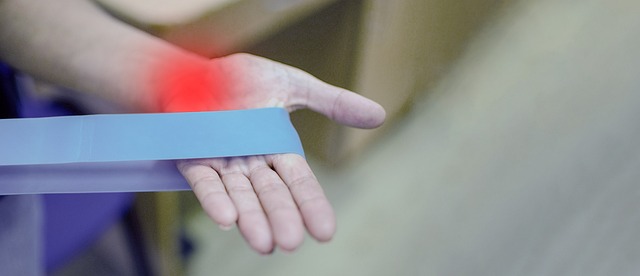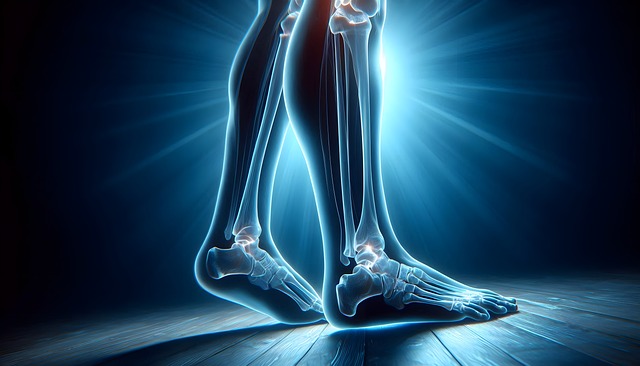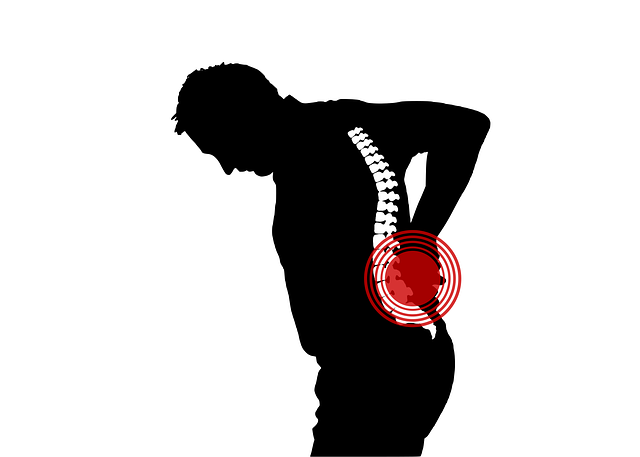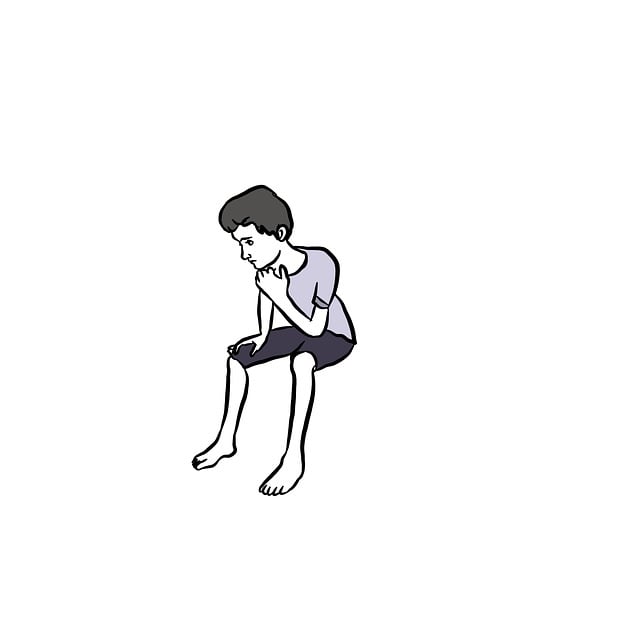Postural problems often arise from car crashes or sports injuries, causing muscle imbalances, joint misalignments, and damaged soft tissues, impacting overall posture. The spine is particularly vulnerable to injury, leading to conditions like whiplash or spinal compression. Chronic postural issues can exacerbate existing health problems, resulting in discomfort ranging from headaches to back pain. Corrective chiropractic care addresses these challenges holistically by focusing on the entire musculoskeletal system. Chiropractors use specialized adjustments, targeted exercises, and lifestyle guidance to realign joints, alleviate nerve pressure, restore muscular balance, support natural healing, and promote improved posture over time. This approach offers a long-term solution for sustainable results in posture correction after accidents.
Postural issues stemming from accidents can significantly impact long-term health. This comprehensive guide explores how corrective chiropractic care plays a pivotal role in addressing these challenges. We delve into understanding specific postural problems that often follow accidents and provide insights on developing tailored, sustainable solutions. By integrating expert strategies, individuals can achieve lasting improvements in posture and overall well-being. Discover the power of corrective chiropractic for postural issues after accidents – a key to enhanced quality of life.
- Understanding Postural Issues After Accidents
- The Role of Corrective Chiropractic in Long-Term Posture Correction
- Developing a Comprehensive Plan for Sustainable Results
Understanding Postural Issues After Accidents
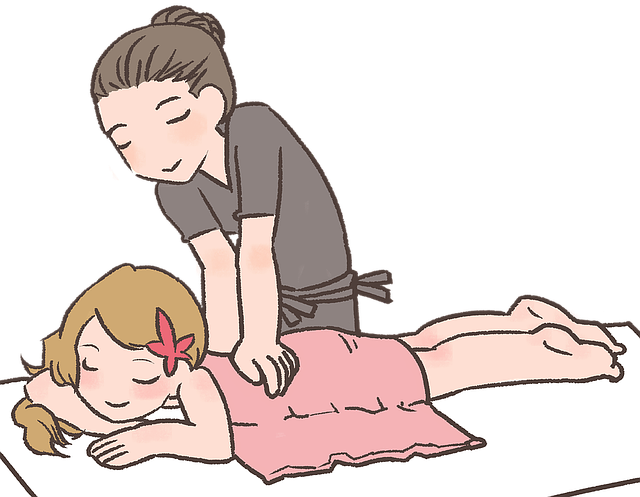
Postural issues often arise after accidents, such as car collisions or sports injuries, leading to chronic pain and reduced quality of life. These incidents can cause muscle imbalances, joint misalignments, and damaged soft tissues, all of which contribute to poor posture. The spine, being the body’s structural support system, is particularly susceptible to injury during accidents, resulting in conditions like whiplash or spinal compression.
Chronic postural issues can further exacerbate existing health problems and lead to a range of discomforts, from headaches and neck stiffness to back pain and limited mobility. Corrective chiropractic care plays a crucial role in addressing these challenges by focusing on the entire musculoskeletal system. Through specialized adjustments and targeted exercises, chiropractors help realign joints, alleviate pressure on nerves, and restore muscular balance, ultimately supporting the body’s natural healing process and promoting improved posture over the long term.
The Role of Corrective Chiropractic in Long-Term Posture Correction
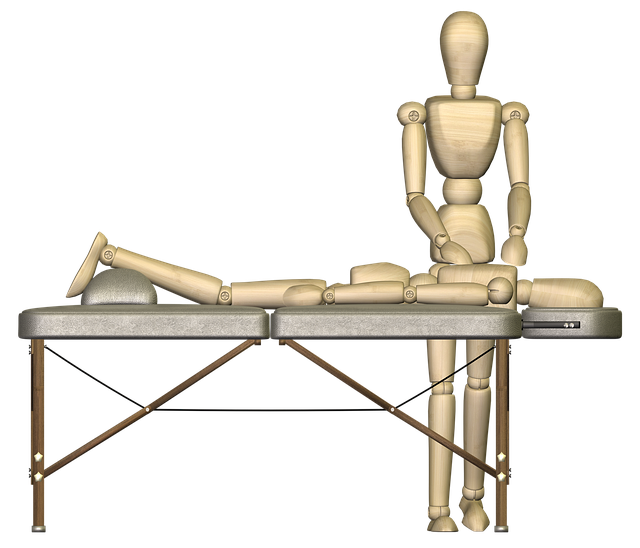
Corrective Chiropractic plays a pivotal role in long-term posture correction, especially for individuals facing postural issues stemming from accidents. This holistic approach focuses on addressing the underlying causes of poor posture rather than merely treating symptoms. Chiropractors skilled in corrective techniques use manual adjustments, specific exercises, and lifestyle recommendations to realign the spine and improve overall body mechanics.
By employing these methods, corrective chiropractic helps to restore balance to the musculoskeletal system, alleviate pain, and prevent future postural deterioration. It is particularly beneficial for accident survivors who may have developed compensatory patterns that lead to chronic misalignments. This long-term strategy ensures sustained results, enhancing not only physical well-being but also promoting a healthier, more confident lifestyle.
Developing a Comprehensive Plan for Sustainable Results

Developing a comprehensive long-term posture correction plan is essential for achieving sustainable results, especially for individuals dealing with postural issues following accidents. This involves a multifaceted approach, combining corrective chiropractic care with tailored exercises and lifestyle adjustments. Chiropractors can play a pivotal role in identifying specific misalignments and designing targeted treatments to rectify them, addressing the root causes of poor posture.
The plan should be individualized, taking into account the patient’s history, the type and severity of postural issues, and their overall health. Regular check-ins with the chiropractor allow for progress tracking and adjustments to ensure the treatment stays on course. Alongside chiropractic adjustments, a set of specific exercises can be prescribed to strengthen relevant muscles and improve flexibility, promoting better posture both during active movement and in stationary positions.
Postural issues stemming from accidents can significantly impact long-term health and quality of life. Corrective chiropractic care plays a vital role in addressing these issues, offering a natural and sustainable approach to correction. By developing a comprehensive plan that incorporates specific chiropractic adjustments, targeted exercises, and patient education, individuals can achieve lasting improvements in their posture and overall well-being. This holistic strategy ensures folks not only recover from accidents but also prevent future postural problems, enhancing their daily lives and promoting a healthier, more active future.


